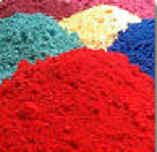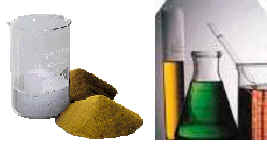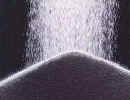|
Pigments |
Pigments give the paint color and hiding power to cover the underlying surface. Of particular interest are the pigments which prevent or retard corrosion. Bioactive pigments are used to prevent biofouling. By definition, a pigment is defined as a substance that is insoluble in the application medium and is used as a colorant |
|
|
Extenders |
They are substances that are insoluble in the application medium and add to the mechanical strength of the paint film and improve the application properties. Examples include chalk, talk, silica,etc. |
|
|
Additives |
They are added to achieve multipurpose objectives, increase shelf life, reduction of drying time and enhance desired properties. |
|


